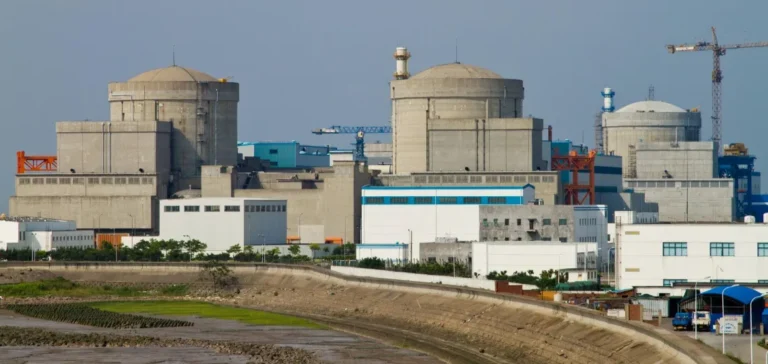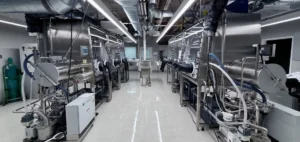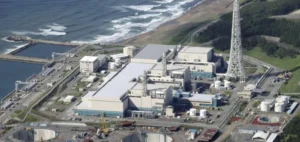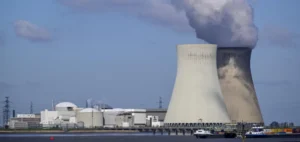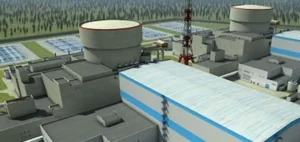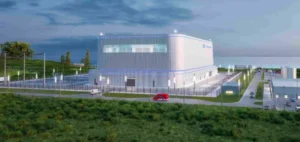The Xuwei nuclear project, located in China’s Jiangsu province, has entered a new phase with the awarding of a construction contract to a local consortium. The contract covers the development of the conventional islands for three nuclear reactors as part of the project’s first phase, combining a high-temperature gas-cooled reactor (HTGR) with two Hualong One pressurised water reactors (PWRs).
A consortium for a strategic execution
The CNY4.2bn ($594mn) contract has been awarded to a consortium formed by China Energy Engineering Jiangsu Electric Power Construction No.3 Company and China National Nuclear Huachen Construction Engineering Company. The scope includes construction of the conventional islands, associated auxiliary facilities, and certain balance of plant components.
The project owner is CNNC Suneng Nuclear Power Company, a subsidiary of China National Nuclear Corporation (CNNC), responsible for investment, construction and operational management. This first phase is part of the 11 reactors approved by the State Council of China in August last year.
An unprecedented configuration in the nuclear sector
The Xuwei site will host two 1,208 MWe Hualong One units and one 660 MWe HTGR unit. It will also feature a steam heat exchange station, operating under a heat-to-electricity mode for the first time in the industry. The system uses primary steam from the PWRs to heat demineralised water, followed by additional heating using primary steam from the HTGR.
According to CNNC, the project represents the world’s first demonstration coupling of a third-generation PWR with a fourth-generation HTGR. The plant is located near the existing Tianwan nuclear facility, allowing for technical and logistical synergies.
Energy output and industrial impact
Once operational, the Xuwei plant is expected to deliver 32.5mn tonnes of industrial steam annually and generate more than 11.5bn kilowatt-hours of electricity. This output aims to offset the use of 7.26mn tonnes of standard coal per year, reducing coal reliance in Jiangsu’s industrial zone.
The project supports China’s national efforts to diversify its energy mix while addressing growing regional demand for electricity and industrial heat supply.


